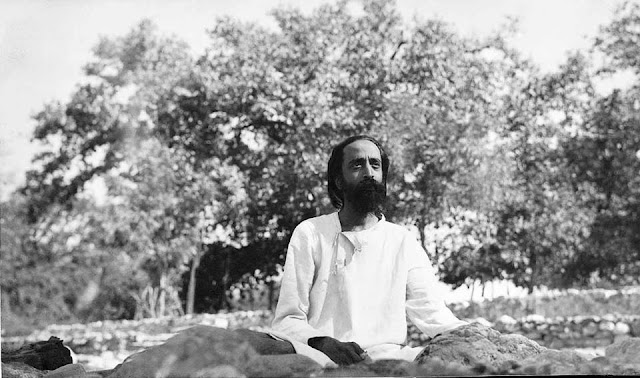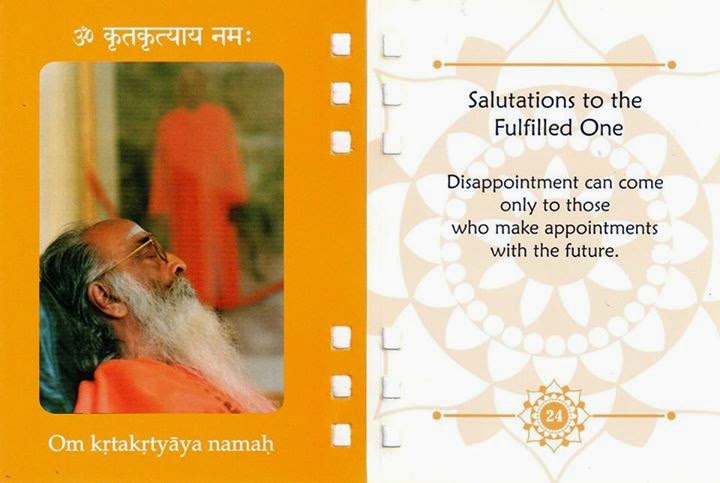Gita : Ch-13. Introduction-3.

Swami Chinmayananda- early photo Srimad Bhagavad-Gita : Chapter-13. ( Kshetra-kshetrajna-vibhaga-yogam ) Introduction-3. When Paramatma manifests through the bhuta-s ( pancha-bhutas, i.e, five elements ), becomes jiva i.e, jivatma or life. This means that jivatma is the atma which is wearing anatma-vasram ( life-less clothing / body). Hence when that vastram ( cothing or dress or our body ) is removed or undressed jivatma will returns to Paramatma. What we ( atma ) are wearing ( our body ) is the compilation of five elements . If we want to change this clothing we must have the full knowledge of the above. First we should have the knowledge of the svarupam of atma and what are the anatma vastu-s, we must have the knowledge of the difference between them "Atma-Anatma-Vivekam is the content of this chapter-13, 'Kshetra-kshetrajn-vibhaga-yogam'. To be continued ....










